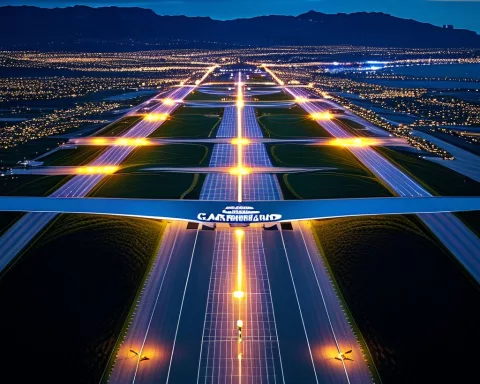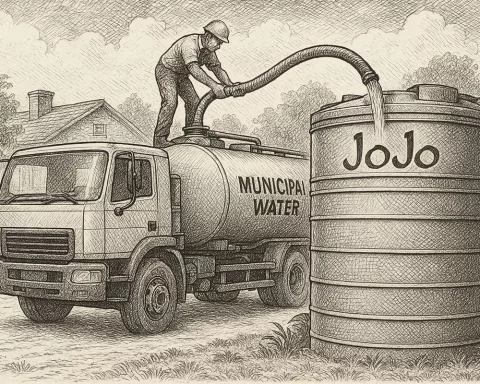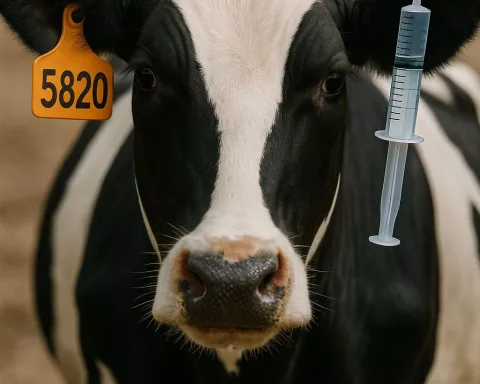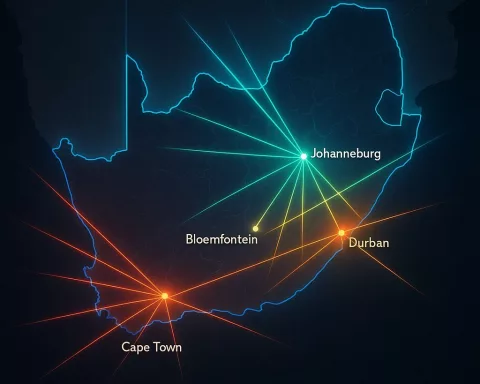CCTV cameras in cities do much more than just prevent crime; they are like unseen guardians watching over everyone. These cameras help keep people safe during emergencies, like fires or accidents, and make sure that city rules are followed. For example, they can quickly spot traffic jams or even burst pipes, allowing for fast responses to problems. As technology improves, these cameras will play an even bigger role in making city life better and safer for everyone.
What is the role of CCTV in urban surveillance beyond crime prevention?
CCTV plays a crucial role in urban surveillance beyond crime prevention by enhancing public safety, responding to emergencies like fires and traffic accidents, and enforcing civic order. It helps manage city infrastructure issues, ensuring swift responses to various incidents, ultimately contributing to the holistic well-being of urban life.
In the heart of the bustling metropolis lies an intricate network of surveillance that quietly monitors the rhythm of daily life. Far from merely serving as a tool for crime prevention, the city’s CCTV system has evolved into a multifaceted instrument that enhances public safety and orchestrates swift responses to a wide range of emergencies. This transformation highlights a pivotal shift in our understanding of surveillance technology—from a singular focus on crime-fighting to a diverse asset in urban management.
Expanding the Reach and Capabilities of CCTV
The Metro Police Strategic Surveillance Unit (SSU) manages an impressive array of 1,169 cameras strategically placed throughout the city. These cameras are primarily funded by the Safety and Security Directorate, with additional support from ward allocations. This financial backing has not only extended the system’s reach but also significantly enhanced its technical capabilities. Continuous upgrades ensure that the system keeps pace with the city’s dynamic needs, keeping it at the forefront of urban management.
In the 2023/24 fiscal year, the city’s CCTV network logged an astounding 43,968 incidents. Of these, 26,384 were crime-related, which were promptly communicated to responders, leading to 454 arrests. A notable example of this effectiveness occurred in Athlone, where vigilant camera operators guided ground forces, resulting in the recovery of firearms and the apprehension of suspects. These incidents underscore the critical role of CCTV in deterring crime and maintaining urban security.
Beyond Crime: CCTV’s Role in Emergency Response
However, the impact of CCTV extends beyond crime prevention. Operators have become adept at identifying and addressing a wide array of non-crime emergencies. The system plays a vital role in responding to natural hazards such as flooding and fires, as well as traffic disruptions like motor vehicle accidents and highway obstructions. It even identifies city infrastructure issues, such as burst pipes, ensuring quick responses that minimize disruption for residents.
During the review period, CCTV operators detected 1,671 fires, including 314 residential and 1,174 grass or rubbish fires. Moreover, they responded to 113 medical emergencies, which included 57 assault cases. The cameras also spotted 1,819 motor vehicle accidents, leading to 43 arrests for drunk driving or reckless conduct. Additionally, 259 utility-related issues, such as electrical faults and water main bursts, were identified. These examples highlight the broader utility of CCTV in safeguarding and maintaining urban environments.
Civic Order and the Future of Surveillance
In addition to emergencies, CCTV plays a crucial role in enforcing civic order. Operators identified 7,360 by-law infringements, including 294 public fighting incidents resulting in 17 arrests, and 2,214 cases of public drinking. These statistics illustrate the significant contribution of CCTV in maintaining order and upholding civic regulations.
As the city commits to embracing new technologies, CCTV remains a vital force multiplier, accelerating response times and enabling timely interventions. Plans are underway to further expand the CCTV network, and a pilot project exploring CCTV analytics aims to enhance detection and response capabilities. This initiative promises to revolutionize incident management, ensuring the system continues to play an integral role in urban safety protocols.
While CCTV serves a diverse range of functions, footage is handled with the utmost care. It is securely stored and only released to the South African Police Service (SAPS) for investigative purposes. Over the past year, the SSU collaborated with SAPS on 302 occasions, highlighting the symbiotic relationship between technology and law enforcement.
Historical Context and Future Perspectives
The advancement of surveillance technology is not a novel concept. Historically, societies have sought innovative ways to enhance safety measures, from medieval watchtowers to today’s digital surveillance. This evolution reflects humanity’s enduring quest for security and order, paralleling movements in art and culture that reinterpret existing forms to discover new expressions and functionalities.
This narrative underscores the transformative potential of CCTV beyond its conventional scope. It paints a picture of a technology that not only combats crime but actively contributes to the holistic well-being of urban life. Looking ahead, the integration of analytics and other emerging technologies will continue to redefine the role of surveillance, ensuring it remains a vital guardian in the complex tapestry of city living.
FAQ: The Role of CCTV in Urban Surveillance
What is the primary role of CCTV in urban surveillance?
CCTV plays a crucial role in enhancing public safety, responding to emergencies like fires and traffic accidents, and enforcing civic order. It goes beyond just crime prevention and contributes to the overall well-being of urban life by ensuring swift responses to various incidents.
How many CCTV cameras are currently being used in the city, and who manages them?
The city has a network of 1,169 CCTV cameras managed by the Metro Police Strategic Surveillance Unit (SSU). This extensive system is primarily funded by the Safety and Security Directorate, with additional support from ward allocations.
What types of incidents do CCTV operators monitor?
CCTV operators monitor a wide range of incidents, including crime-related activities, natural hazards (such as flooding and fires), traffic disruptions (like accidents), and civic order violations (such as public drinking and fighting). In the last year, operators reported thousands of incidents, highlighting their multifaceted role in urban management.
How does CCTV contribute to emergency response in the city?
CCTV significantly enhances emergency response by quickly identifying emergencies like fires, medical incidents, and infrastructure problems (e.g., burst pipes). For instance, operators detected over 1,600 fires and responded to numerous medical emergencies, facilitating timely intervention and minimizing disruption for residents.
How is the footage from CCTV cameras handled and stored?
Footage from CCTV cameras is handled with care, being securely stored and only released to the South African Police Service (SAPS) for investigative purposes. This ensures that the footage is used appropriately while maintaining the privacy and security of the public.
What advancements are being made for the future of CCTV in urban environments?
The city is committed to expanding its CCTV network and exploring the use of CCTV analytics to enhance detection and response capabilities. These advancements aim to revolutionize incident management and ensure that CCTV continues to play a vital role in urban safety protocols, adapting to the dynamic needs of city life.












